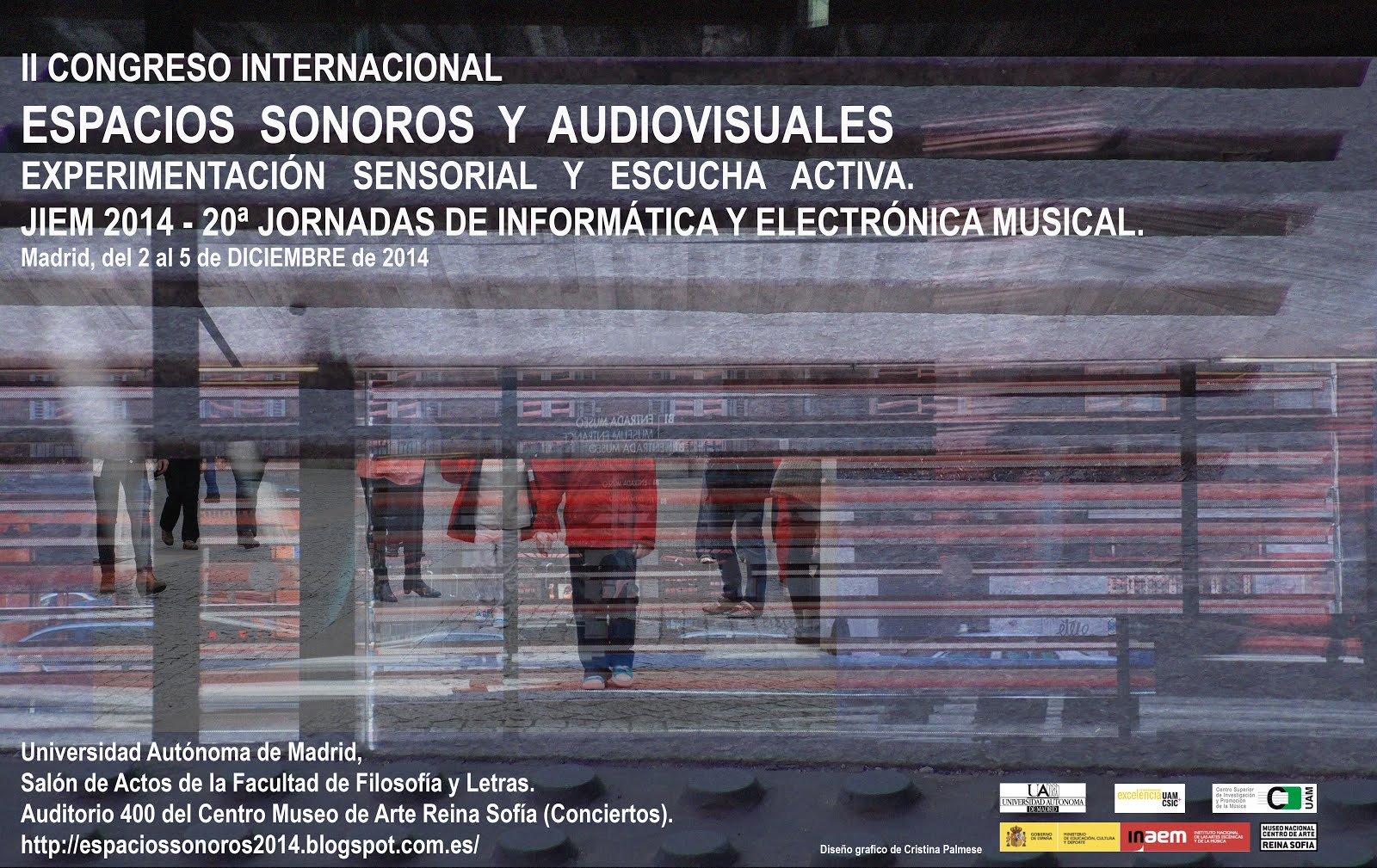

Introduction of these elements on the lisbonsoundmap website and blog.The kiosk is a small piece of furniture to be placed in “juntas de freguesia” (Belém and Alvalade) with a map of the zone, sensors and headphones. Creation of two sound kiosks in partnership with the design area and the electrotechnics.Some university students will conduct surveys with young people in both places Elaboration of sound diaries, by the young students of each place that allow to map daily life.
ESPACOS SONOROS HOW TO

In this sense, the proposal that we present here involves participatory actions aimed at the community, in particular schools in the zones analyzed by the Aural Experience, Territory, and Community project, which were, Alvalade and Belém. It is urgent to think about how the public interacts with the map, making it part of the collective and critical discussion about the urban environment. The Lisbon Soundmap aims to become an embracing tool, useful to professionals involved in the design and planning of the city, encompassing a wide variety of sounds and approaches. Until now, the Lisbon Soundmap, like many other urban sound maps, has privileged public and collective space, with particular emphasis on sound landmarks, leaving aside the domestic and private space, which is also an inexorable part of the connection to the city. But a sound map does not have to be merely documentary or archivist, it can also contribute to reveal relationships between people and their places, through listening, recording and sound (re) production. We know, however, that most users of these platforms are people who, from the start, have a more or less deep knowledge of phonography, which often reveals a normative approach that prioritizes high-fidelity in field recording, often restricted to a circle of experts.

Nowadays cartographic media are widely used for both qualitative and quantitative representation of ambient sound, allowing a connection between the acoustic components and the space in which they are emitted. Making the inhabitants part of this mapping process is, therefore, central to the project that we present here. However, they must also represent the listening experiences of those communities. For certain purposes, such as noise pollution analysis, they can be extremely valuable.

Interactive technologies, such as sound maps, allow a deeper understanding of the composition of urban spaces and provide new tools for sound analysis. It’s a subjective journey to discover an invisible architecture, a space sonically perceived, an audible and emotional place.Urban sound is an invisible layer of the city that can bring valuable information to planners and architects. One of those spatial materials, that we can’t see but feel, it’s sound.īy presenting this sonic dimension of space, Sound it explores the ways through which sound builds and shapes spatial perception and experience. Moving on the ellipse becomes a pure sound experience, reminding us that the space we inhabit it’s not only built of walls. It’s through dialogues between architects, artists, designers, and in conversations with poets or landscape architects, among interludes made of sounds and music, that Rádio Antecâmara takes a close look to our contemporaneity.Īround the performative and inhabited space of the studio, an elliptical path takes us to some “sensed” territories. Making use of Hertzian waves and digital circuits, Rádio Antecâmara opens new perspectives on the constructed environment, questioning and expanding it’s meaning.


 0 kommentar(er)
0 kommentar(er)
